1882-1884 Edward Elliott
In 1882, when Cozey Lodge was first used as a training base, there were just 16 boxes and this remained constant throughout its time as Cozey Lodge before being rebranded in 1960 as Faringdon Road stables, while in 1970 it became known as its present day name Linkslade. The first trainer to occupy Cozey Lodge was Edward Elliott, born 1816 at Alnwick in Northumberland. In early 1850 he trained privately at Sylvio House, Richmond, but within a year he became a public trainer, winning the 1856 Cesarewitch with Vengeance. Although he moved to nearby Hambleton in 1859, he kept on his stable at Sylvio House, returning there to use it as a base until 1878. In 1882 he transferred to Cozey Lodge, Lambourn, retiring in 1884, but he then remained in a cottage in the village until his death in 1894.
1856 Cesarewitch at Newmarket VENGEANCE 7/1 owned by Mr Edwards, trained by Edward Elliott and ridden by Aldcroft
James Rhodes, born at Pocklington, East Riding of Yorkshire in 1871, was the son of a butcher and nephew of jockeys Luke and Jim Snowden, becoming an apprentice to Paddy Drislane in Middleham at the age of 13. He rode a limited number of winners until weight became a problem, thereafter joining Garrett Moore during his time at Seven Barrows from 1891. He then launched his own training career, initially from Newbury Street in Lambourn, and then Lambourn Place between 1897 and 1904, before moving to the larger stables at Cozey Lodge in 1905, although his string was still small, just 3 horses in 1906 and an additional 3 the following year.
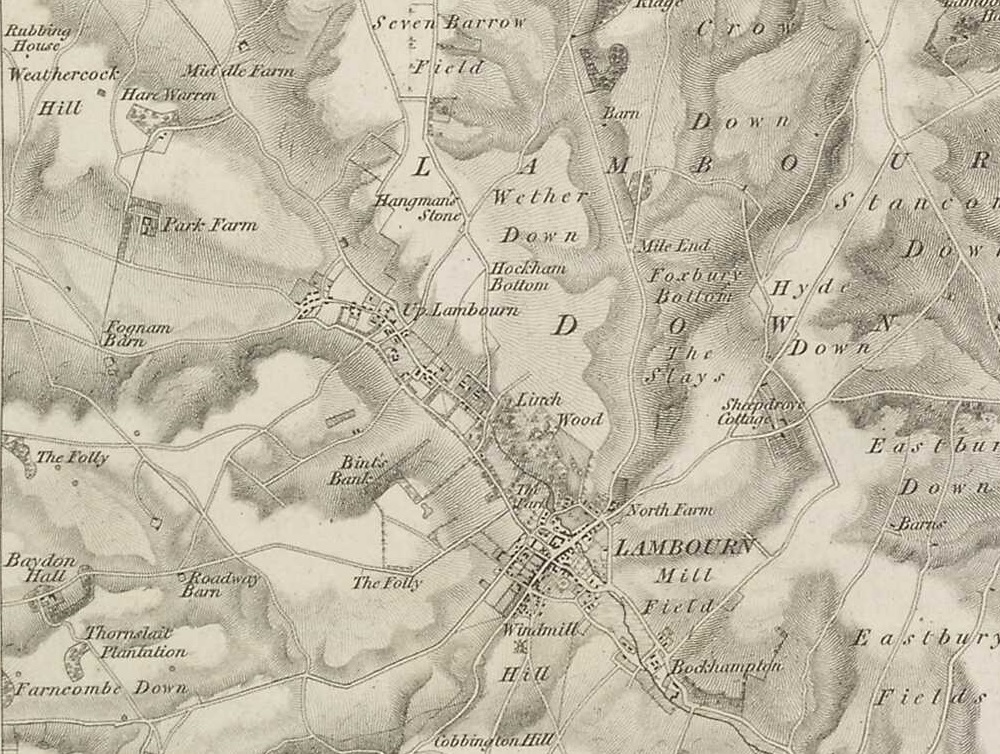
Around 1907 he transferred to Rhonehurst Stables where he trained a small string of National Hunt horses both publicly, then privately for W T de Pledge, for a considerable time in Lambourn. The years just after the First World War had ended were his most successful years, winning the 1918 and 1919 Manchester Cup and the 1919 Ascot Gold Cup with By Jingo owned by W T de Pledge. W T de Pledge had purchased Rhonehurst in 1919, and by 1922 all of Rhodes' string of 16 horses were owned by him, while his son Frank became apprentice to him in 1923, riding his first jumps winner in February of that year. The year 1925 proved to be another successful one for Rhodes, landing his second Ascot Gold Cup with Santorb, the previous years Doncaster Cup and Newmarket St Leger winner, and the Newbury Summer Cup with the same horse. James was still at Rhonehurst in early 1932, but by 1933 he had accepted the job of assistant to Captain Gooch. He lived out his long retirement in Spain, dying aged 94 on 16th February 1966.
1908-1911 Patrick Nolan
Patrick Nolan held a Flat licence between 1905 and 1911, training initially at Rollestone before moving to Mill Lane. In 1908 he replaced James Rhodes at Cozey Lodge, continuing to train for 4 years until 1911 after which he was replaced by John Westlake. Patrick continued to live in the village, living at Cozey Cottage until 1913.
1912-1925 John Patrick Westlake
John Patrick Westlake, born at the Curragh in 1859, learnt his riding skills in Ireland before relocating to Australia to ride. He returned to the Curragh in 1897 where he launched his training career, remaining in Ireland for a decade. Westlake began his English training career at the 32 box Whatcombe Stables, Great Shefford where he was the nominated trainer for Richard C Dawson in 1907, famously winning the inaugural running of the Imperial Cup at Sandown with Carnegie 20/1 owned by Lord Carnarvon and ridden by J O'Brien. A year later Richard Dawson held the trainers licence, so in 1908, Westlake moved to Shropshire. By 1912 he had moved to Lambourn, living in Cozey Cottage, taking over at Cozey Lodge, where he remained until 1925, although by that stage he was down to just 6 horses, many of which were owned by him. Westlake was the first to occupy Newlands stables which, up to 1950, only had 8 boxes before increasing to 24 in 1981, just as Kim Brassey moved in. He had held a Flat trainers licence between 1907 and 1909, but thereafter he was predominantly a National Hunt trainer. He continued to train at Newlands right up to the start of the Second World War, and died there on 3rd May 1941 aged 82.
1927-November1929 Vernell Hobbs
Vernell Hobbs, born in 1875 at Peopleton, Worcestershire, was from a racing family, his brother trained at Saxon House. At the age of 16 Vernell worked at Saxon House, but by 1906 he had launched his own training career, training for Captain Purefoy at Pounds farm, East Garston. After the War he trained privately for C Bower Ismay, although he was then enticed to Primrose Cottage, Newmarket by Frank Curzon. He moved to Cozey Lodge, Lambourn in early 1927 where he landed his very first National Hunt winner. He remained at Cozey Lodge for almost 3 years before departing to Heddington in November 1929.
November 1929 Daniel B McKenna
Daniel Burke McKenna, son of trainer James McKenna, became an apprentice in Epsom based with Richard Wootton, riding on the Flat for 2 years during the War. He then trained initially at Lewes before transferring to Cozey Lodge with just 5 horses in 1929, but only lasted a month before being taken over by Major David Mairs.
December 1929-31 Major David Mairs
David Mairs was in the ASC during the First World War reaching the rank of Major. After the War ended he employed Daniel McKenna as his trainer at Cozey Lodge in November 1929 but within the month McKenna had departed. Major Mairs decided to train for himself, successfully applying for both a Flat and National Hunt licence. He trained for 2 years at Cozey Lodge before moving on to the Ivy Lodge at Letcombe Bassett.
1931-1934 Major Charles Arthur Blake McVittie
On the departure of Major David Mairs from Cozey Lodge the new incumbent was Major Charles McVittie. Charles Arthur Blake McVittie was born in Rugeley, Staffordshire on 30th July 1908, and after completing his education at Bedford School and Oxford he launched his training career. He held a dual code licence, remaining at Cozey Lodge until 1934, later transferring to Bockhampton Manor to continue his training career.
Herbert George Fergusson was a highly successful trainer in Egypt over a number of years, and a prominent owner in Egypt, particularly during the winter when the Flat season in England had finished, was Mrs Chester Beatty. She owned many horses in England and in 1932, impressed with the way Fergusson trained in Egypt, offered Fergusson the chance to train privately for her in the UK. He agreed and took over Delamere House and stables on the Baydon Road, training exclusively for Mrs Beatty. His most prominent wins during his time at Delamere were in the 1932 Manchester November Handicap with Hypostyle, and the 1933 City and Suburban with Great Scot. After almost 2 years he departed Delamere for Bishops Canning, preferring to operate as a public trainer. In March 1935 he returned to Lambourn to continue his career at Cozey Lodge and remained until 1936.
1932 Manchester November Handicap at Manchester HYPOSTYLE 20/1 owned by Mrs Chester Beatty, trained by Herbert Fergusson and ridden by A Richardson
1933 City and Suburban Handicap at Epsom GREAT SCOT 20/1 owned by Mrs Chester Beatty, trained by Herbert Fergusson and ridden by J Collins
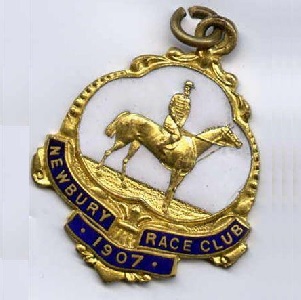
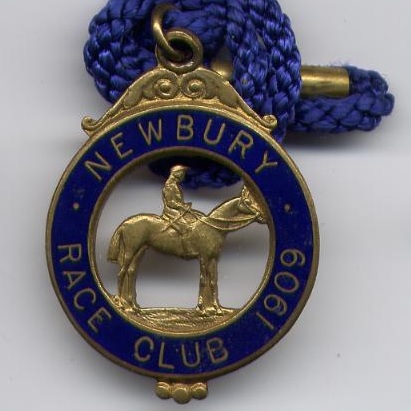
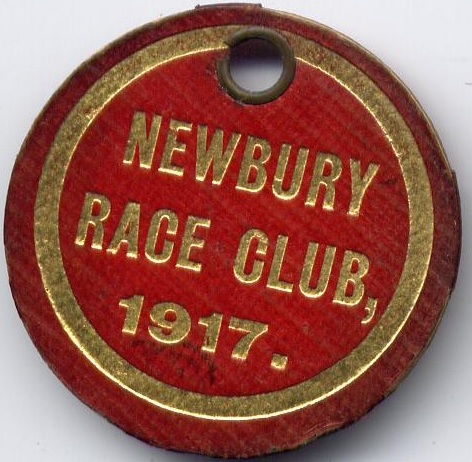
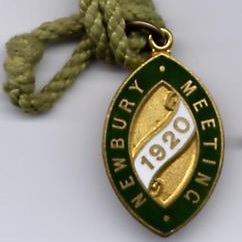
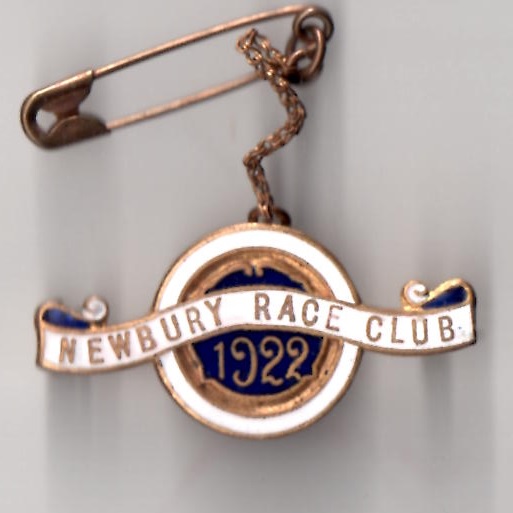
1937-1939 Fitzherbert B S Martin
Fitzherbert Broderip Stapleton Martin, born on 21st March 1913 at Pershore, was from a wealthy family of landowners. Leading up to the War he trained Flat horses at Cozey Lodge from 1937 to the outbreak of War and then served in the RHA reaching the rank of Major. He did not return to the training ranks after the War.
1943-April 1945 Arthur H Saxby
Arthur Henry Saxby, born in 1889, was a very accomplished jockey, serving his apprenticeship in Newmarket with Sam Pickering where he rode his first winner in 1906. He rode under both codes, but achieved more winners on the Flat, although he did partner Schoolmoney to third place in the 1916 Grand National behind Vermouth and Irish Mail. He famously won the Danish Derby in addition to approximately 300 winners in the UK. He began training in 1920, basing himself at Westbury, Wiltshire before moving to Bishops Cleeve. In 1943, having moved twice more, he ended up at Cozey Lodge where he trained for 18 months until his death on 9th April 1945. He was succeeded by his brother Cecil at Cozey Lodge.
April-December 1945 Cecil Saxby
Cecil Saxby, brother of Arthur, was not as accomplished horseman as his brother and only took over at Cozey Lodge because of his brother's death in April 1945. He remained in place for the rest of the season.
1946-1947 Major B Campbell-Russell
When the Saxby's departed the scene, Major B Campbell-Russell took charge at Cozey Lodge and even kept some of the horses previously trained by Saxby. Wins were scarce, but he did manage a victory by Anchorsaweigh. Before M J Scott replaced him.
1948-1950 M J Scott
M J Scott was the next incumbent at Cozey Lodge but did not have much to work with entering the likes of Simonpoint and Clemeceau in low class races without success. He left at the end of the 1950 season.
1952-1953 A E Gibbs
There was a break of 2 years when Cozey Lodge stables were not used, but then A E Gibbs took over. Although he had better horses than his two immediate predecessors, the likes of Lancelot, Glim & Dim, Nassea and Francette contested races at Newmarket, Newbury and Sandown, but with limited success. When Gibbs left in 1953 there was a further 7 year break and renaming before the former Cozey Lodge stables were used again.



